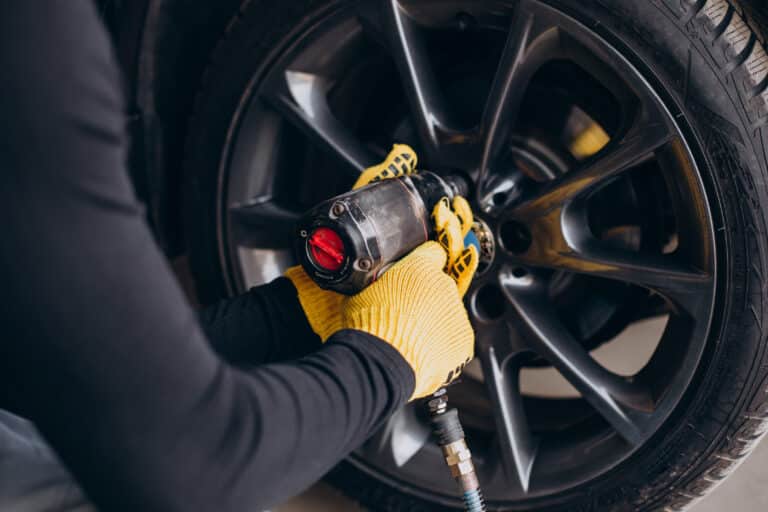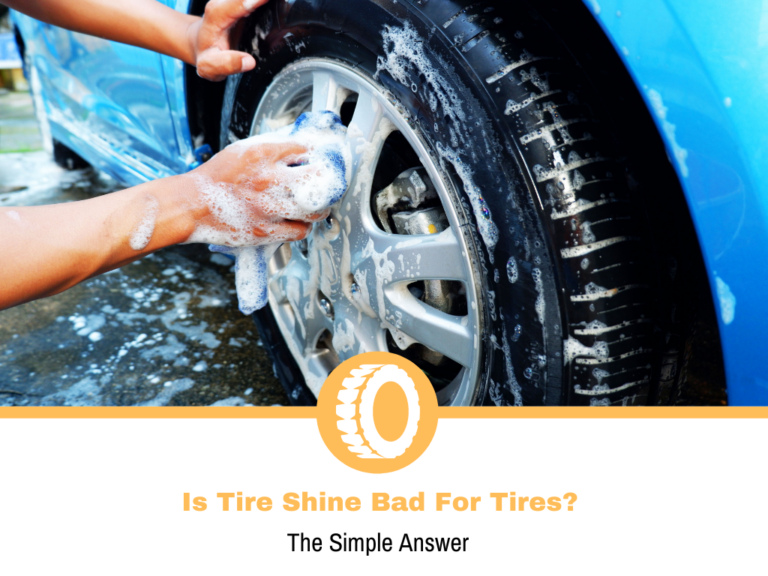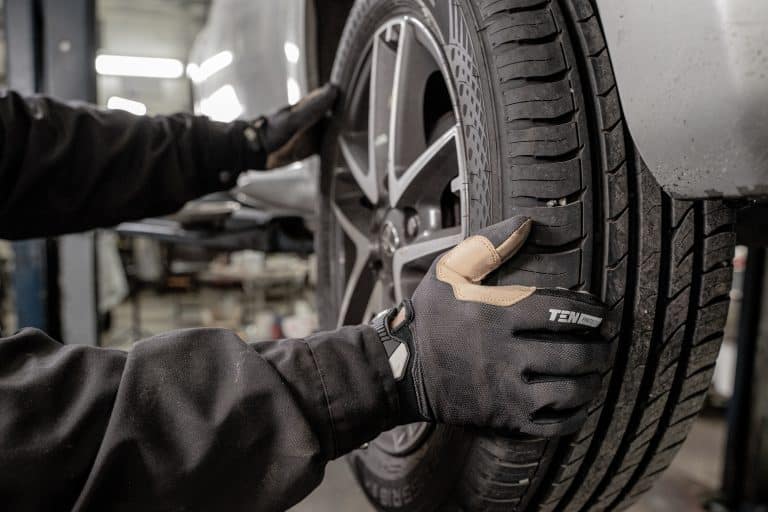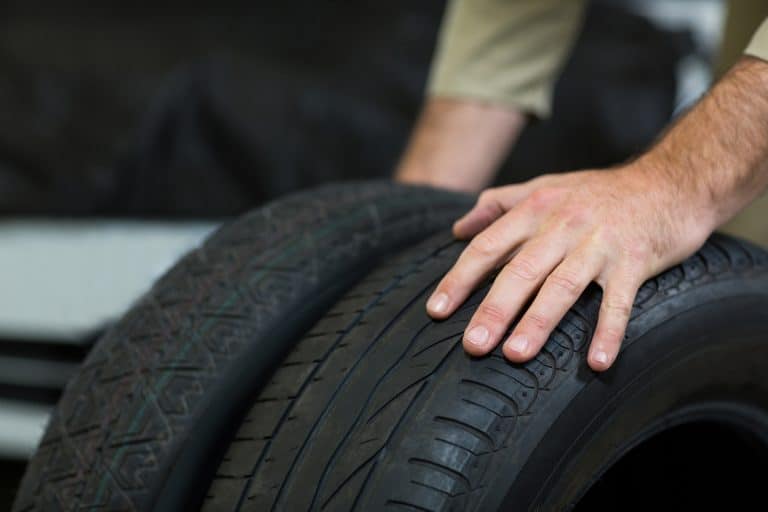Are Expensive Tires Worth It? (Not Really, Learn Why)
If you’ve owned a car for more than a few years, you probably found yourself in a situation where you started to look at new tires. For some, this is a fun process of choosing a new set of rubber for those shiny wheels, while for others, it can be a nightmare.
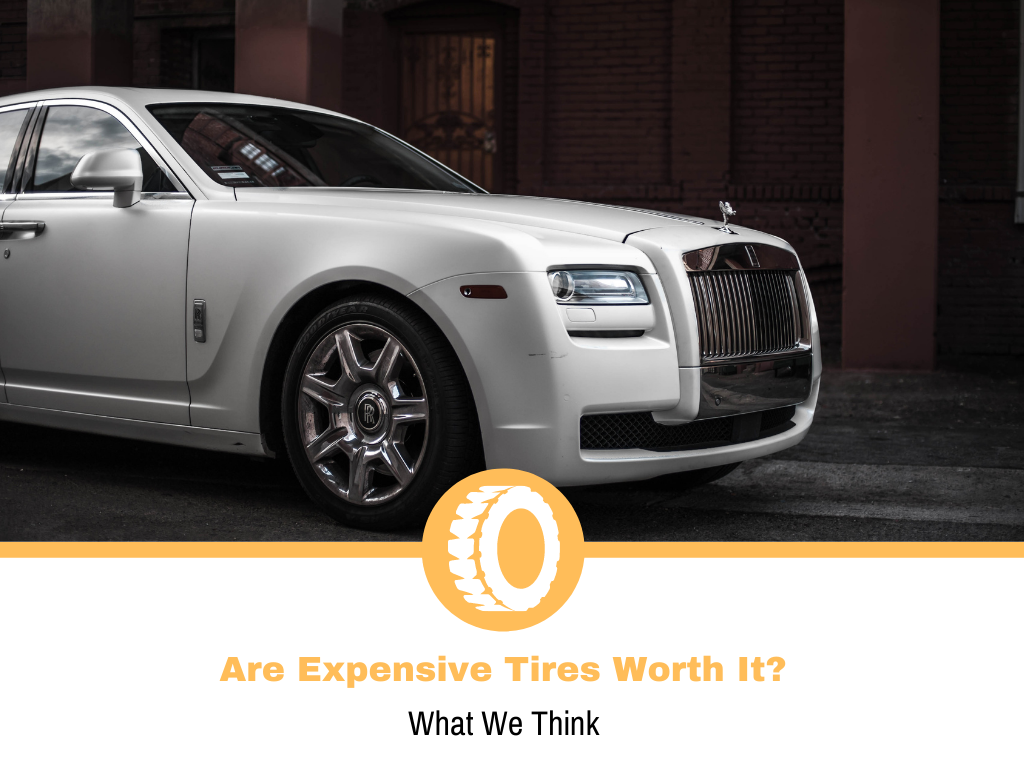
The car industry evolved throughout the years, and with it, so did the tire one. Ever since the first rubber tire was introduced in the mid-19th century, the industry began to grow and improve.
There weren’t too many cars in those days, and naturally, the tire industry was still in its infancy. Fast forward over 170 years later, and we reach a point where the number of choices is so great that it almost borders on confusion.
At the moment, there are several hundred tire brands available on the market. While some of them fall under the same parent company, the models are still different, meaning that there are tons of options. Considering the tire categories and the number of brands, you are probably looking at well over a thousand different tire models. Please don’t quote me on this, though.
Having that many options mean that there is a great variety, and the one I’ll be focusing on today is the price. As you may have figured from the title, I’ll be discussing expensive tires and whether it’s worth coughing up the extra cash.
Before I answer the question, first, let’s look at why some tires are more expensive than others.
Factors that impact tire prices
There are several factors that can determine the price of a tire. For the sake of this guide, I’ll eliminate any discounts or last-minute offers and look at the prices that manufacturers have. Also, I’ll avoid separating each factor into different sections because often, they are intertwined.
For the most part, tires get separated into 3 pricing categories – premium, mid-range, and cheap.
The first aspect that determines the price of a tire is the manufacturer. We all know that tires from brands like Michelin or Pirelli are more expensive than Hankook or Kumho, but why is that?
One of the main aspects is how the tire cam to be. The premium brands spend millions if not billions of dollars in research and development with the goal of providing the best tire. As a result, you often get a tire that can perform better or last longer. Regardless of which is the case, premium tires are often better than cheaper ones. As for how better they are, that’s a topic for another day.
Don’t look at this the wrong way. If tires from a particular brand are more expensive than another, it doesn’t necessarily mean that the cheaper ones are untested or unsafe. The premium brands often have more flexibility in terms of research and development, marketing, more people employed, larger factories, etc., which can result in a higher price.
Now let’s look at the performance, which is a crucial aspect of any tire. There is an unwritten rule saying that premium tires are better performers, meaning that the mid-range will offer a good bang for the buck, and the cheap ones will be the worst of the bunch. Things aren’t always as simple as this, but the premium tires are the way to go if you are after the best performance and own a car capable of utilizing them to the fullest.
Thanks to all that money thrown into developing a tire, these brands can deliver tires with the best performance. This means that you have the highest levels of grip and traction, shortest braking distances, lowest noise levels, and so on. Since not all of them will be the best, some will perform better than others. With that said, you may find some mid-range models that may perform almost if not slightly better than the premium ones. On a rarer occasion, you may run into a similar situation with the cheap and mid-range options. As a whole, a premium tire should be better than a mid-range one, but a mid-range one may perform a bit better in a certain area. Things are quite complicated and cannot be determined by such a broad comparison, which is why I look at each tire’s performance in every condition separately.
Size is another major player in determining the price of a tire, but when you combine it with the rest of the areas, it can lead to a significant difference. Yes, bigger tires mean more rubber, and naturally, they will be expensive, but that applies when you compare different sizes from the same tire.
Here’s an example of how that’s important. Take the Riken Raptor HR, a tire that starts from roughly $80, which is quite affordable for a touring tire. On the other hand, the Michelin Primacy Tour A/S costs almost double, but there’s a catch. The cheapest Riken model is a 14-inch tire, while on the Michelin side of things, you are looking at a 17-in model. Even though this doesn’t mean that a 14-inch Primacy Tour A/S would cost as the Raptor HR, but it would bring the price difference a bit closer.
With that out of the way, now it’s time to answer the age-old question.’
Are Expensive Tires Worth It?
I want to answer this question with yes or no, but unfortunately, things are a bit more complicated than that. You may have already gotten the impression that expensive tires are worth it, and you are right, but up to a point.
Going for the premium tires means that you’ll be getting more of everything. For example, I’ve praised the Continental PureContact LS as an excellent grand touring tire with marvelous performance in wet conditions. On top of that, the tire comes with a 70,000-mile treadwear warranty. When you compare it with the Laufenn G Fit AS, you’ll notice why the Continental costs more. The cheaper option doesn’t offer the same amount of wet performance and comes with a 45,000-mile warranty.
It’s the same story when comparing the Bridgestone Turanza QuietTrack and any other tire from the mid-range segment. The QuietTrack is the quietest grand touring tire on the market, even outperforming some of its premium rivals.
Based on this alone, it’s clear that the expensive tires are better than the rest. With that said, they aren’t always worth it.
Things to consider when buying a new set of tires
Naturally, the price is the first thing to keep in mind when going out to get a new set of tires. Not all of us can afford the most expensive tires, meaning that the budget will play a key role in deciding which model to go for.
The price range is quite wide in the tire industry, and there is a tire for everyone. Despite that, I often recommend avoiding the cheapest tires, especially the Chinese models. They are the worst performers on the market, and some of them may even border on being unsafe. There are plenty of decent and very affordable options, so if you’re on a tight budget, they can be your saving grace.
Next thing to consider is the application. The most commonly purchased tires are touring, but that doesn’t mean that the others are neglected. Even within the touring section, there are various types of tires, ranging from grand touring to standard, for SUV/crossover, etc. In some ways, this is closely related to the price, as the grand touring ones are more expensive than the standard but offer more comfort or a longer warranty.
Size can also play a role in limiting the options available to you. Here’s another example. I drive a 30-year-old Corolla and rocking 13-inch wheels. As much as I’d like to wrap them in with a nice set of Continental ExtremeContact DWS 06, I’m limited by the size options of the German manufacturer. This forces me to choose tires from the mid-range segment and sometimes even look at the cheaper ones.
The type of vehicle is another consideration that you should keep in mind. As I said, I’d gladly put a set of UHP tires on my car, but, unfortunately, considering that it puts out double-digit among of horsepower, that would be overkill. Yes, there may be some minor improvement over tires from the mid-range segment, but at the end of the day, there will be plenty of unused potential.
Tire application is probably the last area that you should think about. People that own cars that have some sporty-like driving characteristics don’t need to run out and get the most expensive performance-oriented tires. SUV owners also don’t need to get the beefiest mud-terrain ones they can get their hands on. In both cases, you are looking at expensive tires that you may not have the need for. This also brings the risk of not being satisfied with your tires.
SUV owners that drive their cars on the roads do not need mud-terrain tires. They aren’t particularly good performers on the road, and refinement isn’t something they are known for. This means that a highway tire is a much better option and, in most cases, a cheaper one.
Should you get expensive tires?
On paper, the expensive tires are better performers, but that doesn’t make them the better option for you. If you do decide to go for these, you’ll need to make sure that they fall within your budget, you can fit them on your car, and you will be able to get the most out of them.
Based on my personal example, getting the most expensive tires is unnecessary. On the other hand, if I’d had a sporty coupe or a premium sedan, then that would probably be what I’d aim for.
Since budget plays a crucial part, even in this case, the most expensive tire wouldn’t be a necessity. Yes, I’d have better-performing tires, but if they are out of my budget, I’d have to settle for something in the mid-range market. On top of that, I’d have a tire with tons of unused potential.
In these cases, it’s crucial to be aware of the tires’ performance. Even if the braking distances are a few feet longer, you should always keep that in mind and be aware of it. If you have driven premium and mid-range tires on the same car, you will notice this and know how both would behave.
At the end of the day, my recommendation is the following: Purchase the tires that you can afford and feel comfortable driving on a daily basis. Considering that most people don’t have the luxury of driving tons of tires, they’ll need to rely on our reviews. We do those and compare the tires so that you can have an idea of how good or bad a tire is in a certain area.
The most important piece of advice would be to avoid the cheapest tires. Yes, some of them may be acceptably good, but in most cases, for a bit extra, you can get in the mid-range section, where you will have access to better-performing tires.

